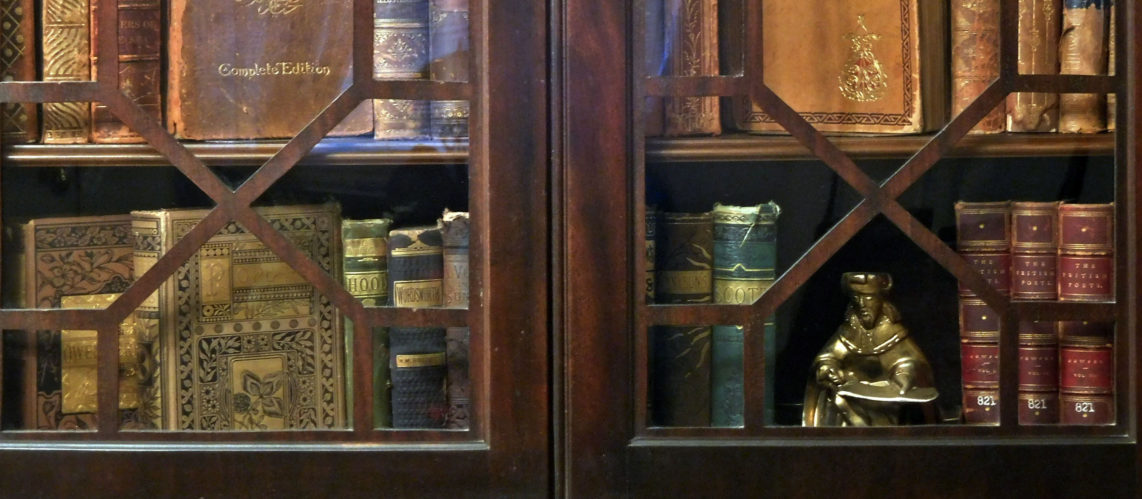Free Verse
Free verse is not poetry without form or rules. It is not written as an essay, and then broken into lines. The final form is not what makes it a poem. It is the simultaneous collaboration of vocabulary, punctuation and line break. The proper use of the tools of poetry helps to mold the piece to its final detailed state. Simply brainstorming, then adding line breaks, does not constitute a poem.
As does any craft, there are tools used in creating poetry, and a poem’s value is not only in what it says, but how it is said by use of specific tools of the craft. One would not carve the details in a marble bust using a jack hammer. Nor would one expect to obtain the finite details of Monet using a 4” exterior paintbrush.
Free verse is actually a challenging form, which utilizes the natural cadences of common speech to create rhythm in lieu of the strict usage of meter found in previous classic forms. Free Verse is the breaking of some old rules and the use of new tools; not the elimination of any and all rules.
Free Verse also utilizes the natural cadence of speech to determine the length of each line, in order to bring each new thought to its natural end or pause. The tools used to do this are the line stop (established by punctuation) or by use of enjambment. The use of enjambment has purpose and is not to be arbitrarily positioned. It should be used to pull the reader through a short line to the next, where the thought can end on a weighty word capable of making the reader pause to absorb what has just been said. Or, it will cause the line to end on an article, but use a word with some weight as the first word on the following line that is capable of holding the readers’ attention and carrying them through to the natural stop. When used skillfully, enjambment, will not only carry the reader’s attention through the poem, but will create tension in the piece that compliments the connotations, imagery, or metaphors intended by the author.
The authors of 20th century Free Verse supervened the use of end-of-line rhyming schemes, but utilized the internally natural rhyming methods of repetitive sound. The tools used to accomplish this natural flow of repetitive sound are, of course, alliteration, assonance, consonance and internal rhyme. These tools, again, if used skillfully, not only give the reader the sense of the poem’s music, but can also be used to slow the reader down, (try using S-L combinations: Sally slipped through flattened sheets) or bounce over quickly in order to bring them where, exactly, the writer wants them to pause and digest (try hard consonant sounds: He became Canadian bound).
One more note: the overuse of articles, especially and, should always be used in proportion to its use in common speech. When read aloud, a poem with too many ‘and’s sounds like a 1970’s Valley Girl spewing “like” as she talks. It’s not natural, it takes away from the meat of the poem, it sounds like a ‘filler’ for use in maintaining cadence, it feels forced, and well, is just plain annoying.
